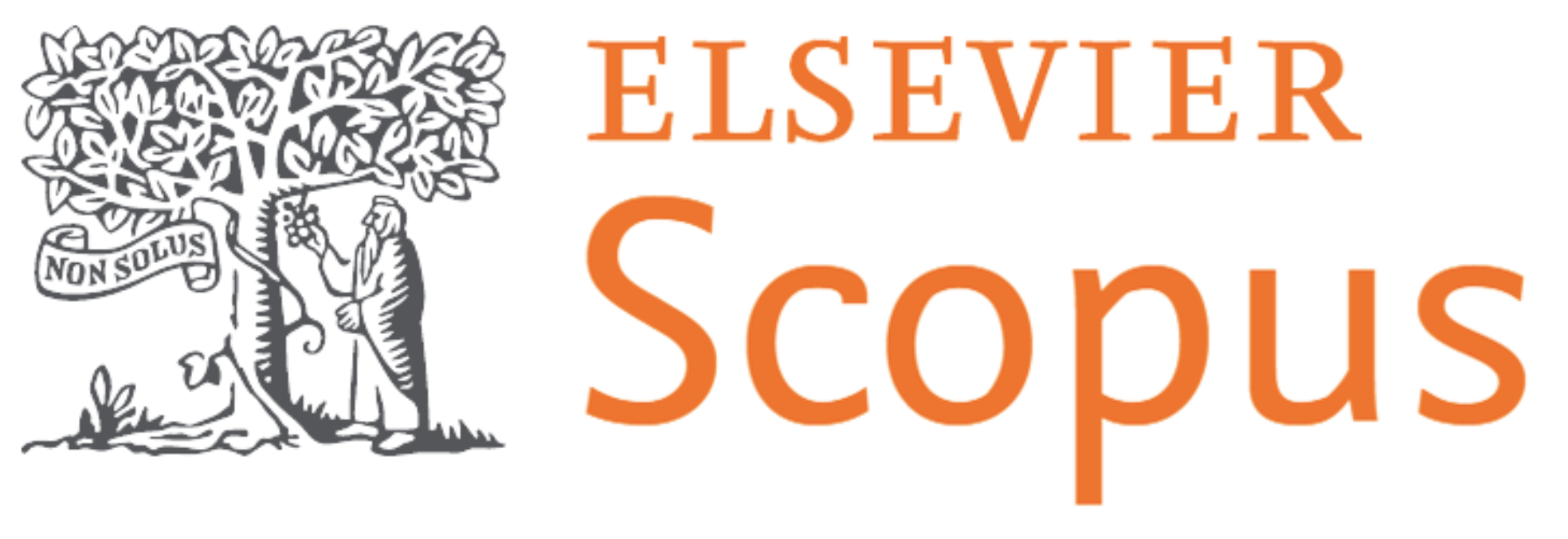Economical and Production Insertion of Family Aquiculture in Brazilian Public Waters: an Analysis on Sustainable Development
DOI:
https://doi.org/10.17765/2176-9168.2014v7n2p%25pKeywords:
Aquiculture, Production Chain, Sustainable Development, Fish, Family Fish BreedingAbstract
The Brazilian option for an energetic matrix based on hydro-electrical plants benefitted society in a general way. However, it also caused local social and regional impacts due to the flooding of fertile lands, population displacements, impact on fishing resources and others. Contrastingly to the above negative aspects, aquiculture in public waters, specifically in hydroelectric reservoirs, favored these populations and the family agricultural or extractive units within the context of a sustainable and organized use of the water bodies by fish production. Current documental research analyzes the potentialities of the fish production chain in Brazil aiming at sustainability, especially the insertion of the family social basis. It may be perceived that in environmental issues several countries have an institutional incapability in underscoring aquiculture adequately. The supply of provisions is characterized by firms that supply machines and production means whilst the organizational environment is basically composed by government enterprises. The sustainable development of the fish production chain requires proper planning and the deployment of consistent public policies based on the intrinsic natural diversity of the activity and of the social groups included.Downloads
Published
2013-10-15
How to Cite
Bueno, G. W., Lemainski, D., Roubach, R., de Matos, F. T., de Azevedo, D. B., & Mattos, B. O. (2013). Economical and Production Insertion of Family Aquiculture in Brazilian Public Waters: an Analysis on Sustainable Development. Revista Em Agronegócio E Meio Ambiente, 7(2). https://doi.org/10.17765/2176-9168.2014v7n2p%p
Issue
Section
Revisão
License
A Revista se reserva o direito de efetuar, nos originais, alterações de ordem normativa, ortográfica e gramatical, com o intuito de manter o padrão culto da língua, respeitando, porém, o estilo dos autores. As opiniões emitidas pelos autores são de sua exclusiva responsabilidade.Os direitos autorais pertencem exclusivamente aos autores. Os direitos de licenciamento utilizado pelo periódico é a licença Creative Commons Attribution
 Creative Commons Atribuição 4.0 Internacional. São permitidos o compartilhamento (cópia e distribuição do material em qualquer meio ou formato) e adaptação (remixar, transformar, e criar a partir do trabalho, mesmo para fins comerciais), desde que lhe atribuam o devido crédito pela criação original.
Creative Commons Atribuição 4.0 Internacional. São permitidos o compartilhamento (cópia e distribuição do material em qualquer meio ou formato) e adaptação (remixar, transformar, e criar a partir do trabalho, mesmo para fins comerciais), desde que lhe atribuam o devido crédito pela criação original.










